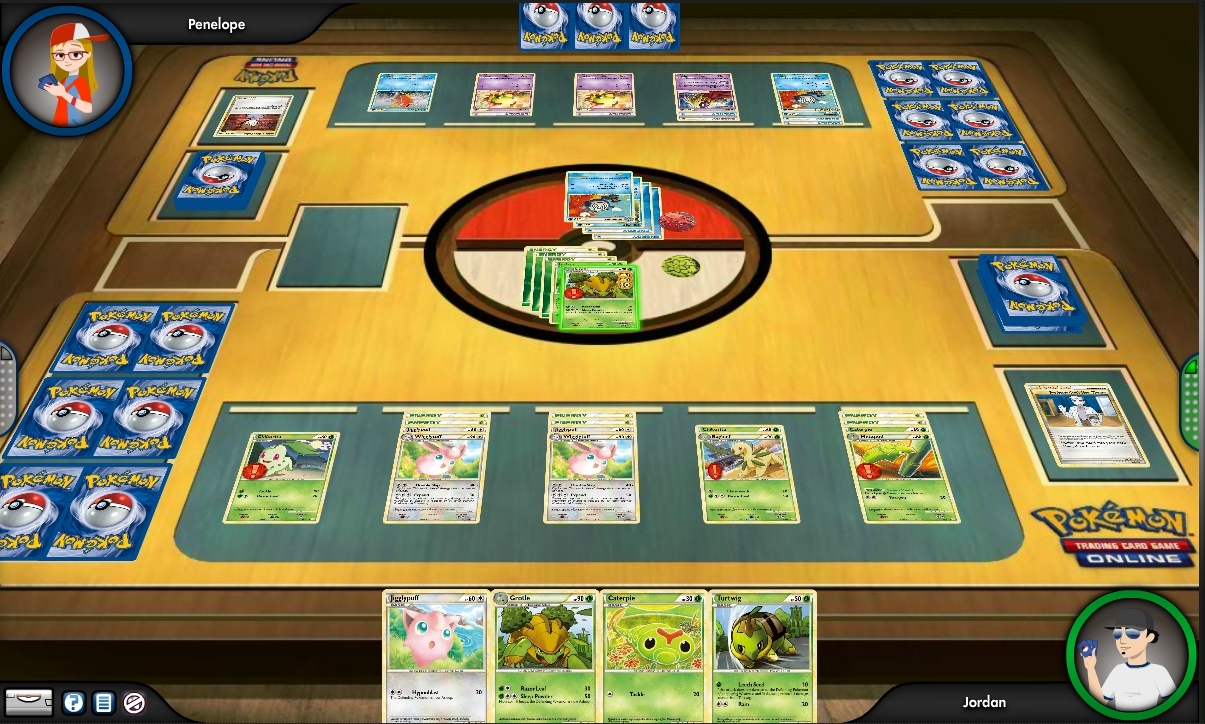Nintendo (NTDOY +3.11%) is preparing to launch brand new consoles for emerging markets later this year, according to a recent Bloomberg report. The announcement comes after the company posted a 10% decline in revenue and a net loss for fiscal 2013, along with a grim report that it only sold 310,000 Wii U consoles during the fourth quarter. By comparison, Sony (SNE +0.37%) has been selling an average of more than a million PS4s per month since its release last November.

Source: Nintendo
Nintendo President Satoru Iwata stated that the company will develop completely new consoles for emerging markets, rather than sell cheaper versions of existing devices such as the Wii U and 3DS. It's a surprising strategy that stubbornly defies market expectations. Many analysts had expected Nintendo to shift to mobile games, adopt DLC and microtransaction business models within games, grow through acquisitions of third-party publishers, or completely convert itself to a software-only company instead.
All of those strategies make more sense than Nintendo's plan to launch new consoles for emerging markets for one simple reason: Sony beat Nintendo to the punch years ago.
Sony is already choking Nintendo in emerging markets
Sony already has a time-tested tradition of releasing cheaper and "slimmer" versions of its home and handheld consoles several years after their initial releases:
|
Original version |
Release date(s) |
"Slim" version |
Release date |
|
PlayStation |
1994 |
PSOne |
2000 |
|
PlayStation 2 |
2000 |
PlayStation 2 Slim |
2004 |
|
PlayStation Portable |
2004-2011 |
PSP Go |
2009 |
|
PlayStation 3 |
2006 |
PlayStation 3 Slim |
2009 |
Source: Wikipedia.
While Sony's "Slim" strategy is a simple way to temporarily boost console sales during the second half of their life cycles, it's also a proven way to tap into emerging markets with lower price tags.
The 60GB PlayStation 3, for example, debuted at $599.99. The PlayStation 3 Slim launched at $299.99 with twice as much storage (120GB). It was also 32% smaller, 36% lighter, and used 34% less power than the original model. That was a great deal for owners in lower income markets -- instead of being sold discounted hand-me-downs from several years ago, they were offered technically superior consoles that were much cheaper than their predecessors.

Sony's PS3 Slim. Source: Wikimedia Commons.
When we look across emerging markets individually, it's clear that Sony's strategy has paid off. Sony enjoys the highest console market share in the world (percentage wise) in Portugal, a tiny emerging market that has weathered years of economic volatility and malaise. Portugal has some of the lowest salaries in Europe, with the average college graduate only making €600 ($825) per month.
If Portugal is a microcosm for other developing and emerging markets, then Nintendo will have a lot of catching up to do. This means that Sony could also be better poised to make a splash in China, which recently lifted its 13-year ban on video game console sales on the mainland.
Nintendo is taking a pointless risk
While Sony's strategy of streamlining and repackaging consoles for emerging markets is a low-risk one, Nintendo's idea of launching a brand new console solely for that purpose is extremely risky.
Nintendo has already proven that cheaper versions of its existing consoles sell well -- the 2DS, a non-foldable, 2D version of the 3DS, sold 2.2 million units in 2013. There wasn't much risk involved in launching the 2DS, since it played the same cards as the 3DS. If the 2DS had flopped, it meant that Nintendo could simply discontinue the hardware rather than the software.
Following the examples of the 2DS and Sony's PS3 Slim, it would make perfect sense to target emerging markets with a much cheaper version of the Wii U instead of a brand new console. In India, for example, Nintendo's Wii U bundles are ridiculously priced compared to their North American counterparts. The list price of the Mario and Luigi Deluxe Edition bundle in India is a whopping Rs 39,900 ($668), more than double its U.S. list price of $299.99 and the same price as a PS4 in India.

Lowering the price of Wii U bundles in emerging markets would be a smarter strategy. Source: Nintendo.
If Nintendo is serious about expanding to emerging markets, it should aggressively lower the prices for these overseas bundles to test the waters and boost sales before launching a cheaper console exclusive to emerging markets.
Game Over: Should Satoru Iwata be allowed to continue?
In a previous article, I expressed my disappointment regarding Satoru Iwata's plans for the future. Iwata's plan for 2014 is to release a shaky new console in emerging markets, launch telepods to mimic the success of Activision's Skylanders, remake the same flagship games repeatedly, and completely avoid mobile platforms.
None of these stubborn strategies make sense, and merely reaffirm my previous statement that Nintendo needs a bold new leader who can develop stronger new IPs, forge better relationships with third-party developers, and acquire rival publishers to expand its stable of franchises. Only then does Nintendo stand a chance of ending its three consecutive years of annual losses.







